Steve King and his wife Barb founded Landscape Structures, Inc., a commercial playground equipment manufacturer headquartered in Delano, Minnesota in 1971. Steve is chairman of the board of the company and is also a Fellow of the American Society of Landscape Architects, a Certified Playground Safety Inspector, and a founding member and past President of International Play Equipment Manufacturers Association. Steve has also been chairman of a task group of ASTM International updating the ASTM F1487 Specification, a safety and accessibility standard for public playground equipment.
PM - Thank you for taking time to visit with Playground Magazine. Give us a brief description of your introduction to play design and your original commitment to play and playgrounds.
SK - It started with my final project in landscape architecture at Iowa State University. Part of the project was to design activities for an open space in a housing project. A playground seemed logical, so I started observing kids at play in local playgrounds. Playgrounds in the '60s generally had a swing, slide, and monkey bars spaced sufficiently to force the kids to run from one to the other. I thought there had to be a better way to design the space, and after observing kids at play at the child development department, my concept of continuous play was born. That concept changed the world of play forever.
PM - People put high expectations on playgrounds. They want safe, fun, durable, affordable, and attractive play areas. Has the playground industry met the public’s expectation?
SK - I think we have done a good job of following safety standards and making playgrounds more attractive and safer by using a variety of new materials and colors. However, our playgrounds are less affordable than and not as durable as the old galvanized steel structures. I think most would say today’s playgrounds are more attractive and have more play value.
PM - We talk about the “value of play.” What factors really contribute to great play value?
SK - I define the value of play in a broader sense — it is the contribution made to the physical and mental development of the child. I like to call playgrounds “outdoor learning environments” that provide challenges for all children.
PM - Playground safety guidelines and standards have been around for thirty years. How do you think these safety rules have helped or hindered play design?
SK - There is no doubt the introduction of standards such as ASTM F1487 (equipment), ASTM F1292/F1951 (surfacing), as well as the ADA Standards for Accessible Design were a major influence on playground design. From an overall design perspective, these influences have been both positive and negative. On the positive side, hazards such as entrapments, entanglements, and protrusions were addressed by the creation of performance standards. Fall heights were established for equipment, making it easier to determine the corresponding requirements for impact attenuating surfacing materials. Impact and stability testing for surfacing materials provided a complimentary and important addition in creating safe play environments. A focus to provide play areas that are accessible to children of all abilities has become paramount. On the negative side, some of the requirements drove too much “standardization” and forced uniformity amongst the various product categories. This uniformity has stifled, to some degree, creative playground design.
PM - What other issues are molding today’s play design?
SK - Design is being influenced mostly by societal trends. We’ve introduced more challenge and movement to keep children interested in outdoor activity, and emphasized the importance of connecting children with nature. We want to promote active lifestyles among children, and we do that by focusing on what will keep kids engaged.
PM - Nature is in the forefront of play design. What are your thoughts on incorporating nature into modern urban play design?
SK - As a landscape architect I like the idea. The benefits of natural elements in play are great, but there is still a need to remove hazards. Products, whether natural or man-made, should conform to safety and accessibility standards. We do this by bringing elements of the natural world into our intentionally designed manufactured playgrounds.
PM - Give us a Steve King definition of “inclusive play.”
SK - Inclusive play is a play environment where all users have an opportunity to participate in all the activities that serve them at their developmental level, be that by ability or age.
PM - Tell us about Landscape Structures’ experience with the inclusive playground at Sochi, Russia for the 2014 Winter Olympics.
SK - We worked with our partner in inclusive play, Shane’s Inspiration, to design an inclusive playground in association with the 2014 Olympic and Paralympic Winter Games in Sochi, Russia. The play space is the first inclusive playground to be installed in the country. This is the second inclusive playground at the Olympics in which Shane’s Inspiration and Landscape Structures have been involved, the first was installed in Vancouver for the 2010 Olympic and Paralympic Winter Games.
PM - You and your company, Landscape Structures Inc., have been designing playground equipment for over forty years. LSI has given us Skatewave, PlayBooster, PlayShaper, Evos, and Weevos. What exciting designs do you see coming out of LSI next?
SK - Earlier this year, we unveiled two new playground innovations. Netplex™, part of the PlayBooster® family, is a net-based playstructure that provides kids the challenge they need for healthy development into self-assured adults. And because zip lines have become such a popular recreational activity, we’ve created ZipKrooz™ to bring the adventure of zip lines to the playground. ZipKrooz and its accessible companion, ZipKrooz Assisted, allow for truly inclusive play opportunities.
PM - The upcoming Summer 2014 issue of Playground Magazine is themed Sports and Fitness. Are fitness-designed playgrounds the next popular wave of play design?
SK - I think most playground designs have become more fitness focused. The problem is designing a structure that provides challenges for all ages. Fitness challenges for 5 year olds are very different than those for 12 year olds. We need to include graduated levels of challenge to meet the needs of kids across the developmental spectrum.
PM - Offer your thoughts on: Electronics and playground equipment.
SK - Electronics are fairly new to the playground industry, but have potential in some environments. In 2013, we introduced Pulse™, a line of multisensory, interactive games that encourage movement in a new way. Not only do the games offer sensory stimulation, but they provide a unique way for multigenerational play — entire families are playing together. However, electronics are being accepted slowly because of the perceived idea that they require a lot of maintenance. It will take time…
PM - Heights of playgrounds and risk.
SK - In recent years, I have changed my opinion on heights. If we are to provide a rewarding experience for kids over age 8, we need to provide higher, bigger, faster, and more challenging play components. We have begun moving in this direction with the introduction of Netplex, the PlayOdyssey® Tower, and other new designs like our GeoNetrix. This is where our research pays off.
PM - Zip lines at schools and parks
SK - They’re great, especially for older kids. Our zip lines for playgrounds, ZipKrooz and ZipKrooz Assisted, offer a two-way ride unlike typical zip lines.
PM - Let’s visit about the legacy your wonderful wife Barb King created with the Säjai Foundation, a nonprofit organization dedicated to teaching children the value of living a healthy life. Last year, The Säjai Foundation merged with Camp Fire. How is that union working out?
SK - Very well. Barb’s legacy continues to be fulfilled, while they reach many more kids with a great program.
PM - With many major changes to play design in the past forty years, what significant changes do you foresee in the next forty years?
SK - I think that there will be an introduction of new materials, more emphasis on nature and fitness-focused playgrounds, intergenerational play, and more acceptance of electronics... that really is the outlook for the next five years, but it could be the same for the next 40 — just refined.
PM - Visit with us about your book, A Legacy of Play.
SK - For years I was encouraged to write down the story of Landscape Structures. It started out as a company history for employee owners that we hoped would help preserve our unique culture. However, when the marketing department found out what I was doing, the scope changed to be the story of a broke young kid with a great idea — an entrepreneur’s dream. The rest is history.
PM - You have contributed to play design since the early '70s. How do play and playgrounds fit into your personal future?
SK - I hope to be able to play until the day I die. And I feel like I get to do that through my work at Landscape Structures as well as the work I do with Direct Impact Africa (DIA), an organization that helps communities in Zambia become self-sufficient and sustaining. In addition to helping the communities create fish farms, gardens, and small chicken farms, we planned their first-ever playground. Since its completion, the playground has become a gathering space for the entire community. And we’re talking about adding three more playgrounds in neighboring villages. Playgrounds will always be a part of my life as they have for the last 44 years.
PM - You have had a very illustrious career designing play areas and play equipment. What are your best memories of your experiences in the playground industry?
SK - One of the most memorable was in 1969 when the City of Minneapolis installed their first wood playstructure. The design was based on my idea of continuous play and it was awesome to see how successful it was. That playground launched a company. Memories of kid’s smiles and screams for joy will always be a part of my memory.
PM - Leave us with a great play memory from your childhood.
SK - Swinging out over the river on a rope attached to a tree limb… it was great fun.



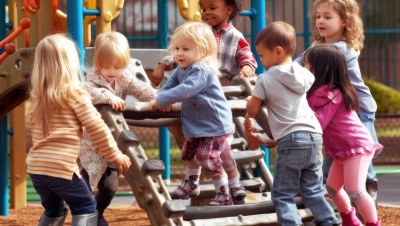
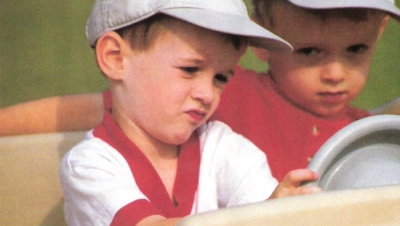
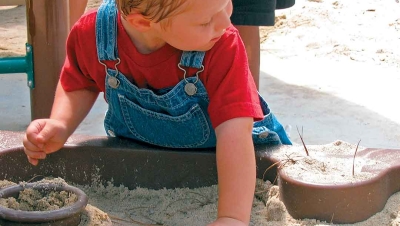






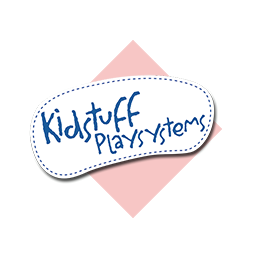
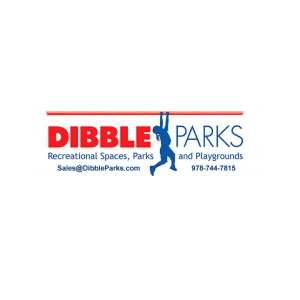

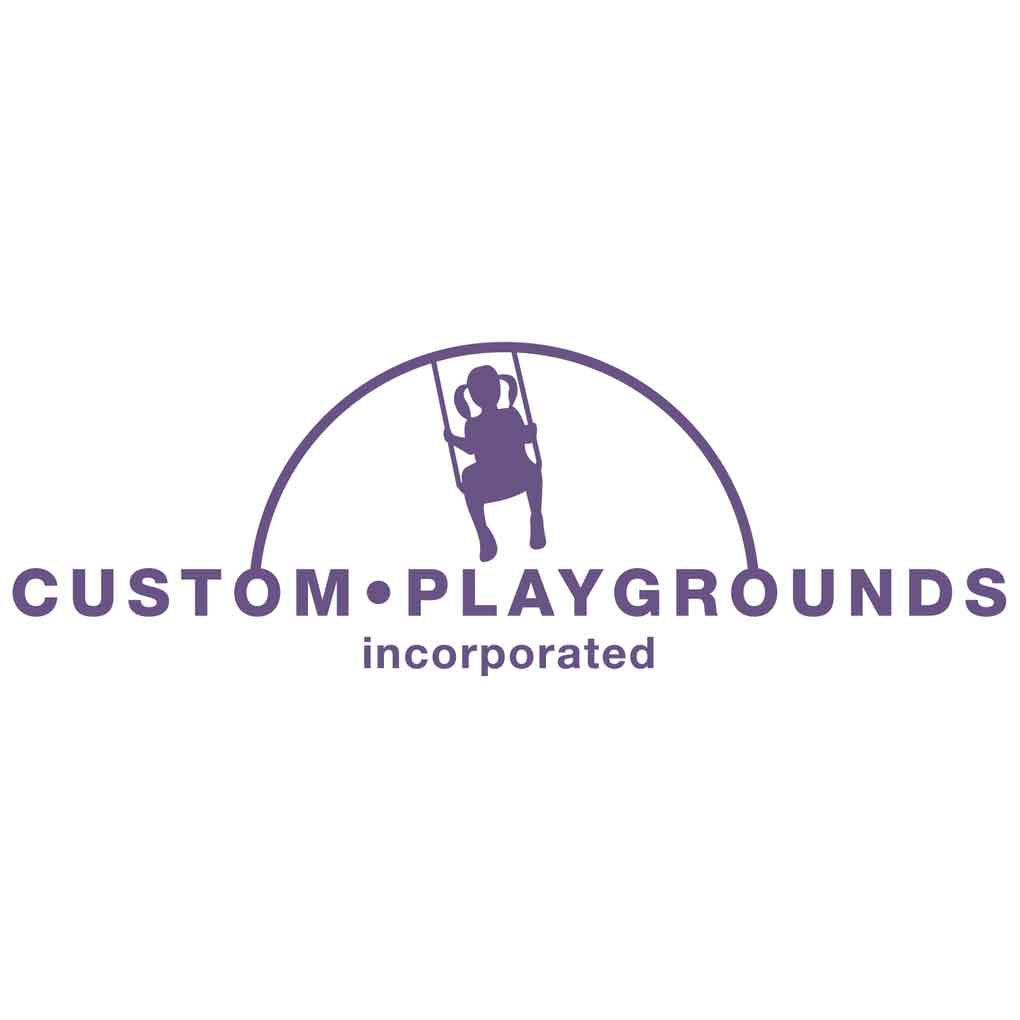
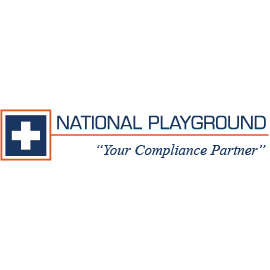


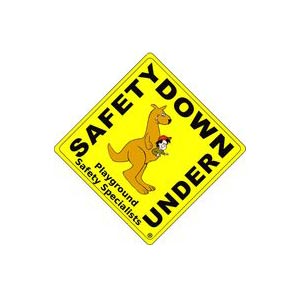
Add new comment